Bently Nevada 81546-01: A Smart Helper for Factory Machines In today's factories, it's very important for machines to work reliably and accurately. This helps companies compete better. The Bently Nevada 81546-01 ASSY79748-01 XDCR I/O & Record Terminals (we can call it "XDCR I/O & Record Terminals") is a key part used to watch machines, find problems, and fix them before they break down. It's known for working very well and collecting a lot of useful information. 1. What is this Product About? The Bently Nevada 81546-01 ASSY79748-01 XDCR I/O & Record Terminals is a smart tool that helps connect to different sensors and record information about factory machines in real time. It gives users accurate information about how the machines are working. This helps companies make their production better and reduces the chance of machines breaking down. This product uses advanced technology to connect to sensors. It can handle different kinds of information coming in and going out. It accurately records how the machines are working, if their status changes, and if there are changes in outside signals. This helps people watch how well the machines are working all the time. Its design makes it easy to fix and gives users more ways to collect and save information. 2. What are the Main Features? Connects to Many Sensors: The XDCR I/O & Record Terminals has many places to plug in different kinds of sensors. It can get accurate information in real time from sensors that measure vibration, temperature, or pressure. Records Data Accurately: This product not only watches the machines all the time but also records exactly how they are working. This helps engineers find possible problems early. With its strong recording abilities, users can fully understand how the machines are working and plan better ways to keep them in good shape. Helps Analyze Data and Find Problems: The XDCR I/O & Record Terminals can work with other Bently Nevada monitoring systems. Together with smart computer programs, it can deeply analyze the information collected from the machines. This analysis helps users understand the health of the machines, find problems early, and take action. Easy to Add More Features: The terminal product is designed in a way that makes it easy to add more things to it. Users can add new sensors, increase data storage, or connect to other devices as needed. This helps the system grow with the company's changing needs. Very Reliable and Strong: As a main product from Bently Nevada, the XDCR I/O & Record Terminals uses high-quality parts made for factories. This makes sure it works stably for a long time even in tough factory conditions like high heat, high humidity, or vibration. It keeps working well and reduces machine breakdowns and downtime. 3. Where is it Used? The Bently Nevada 81546-01 ASSY79748-01 XDCR I/O & Record Terminals is used to watch and maintain many kinds of factory machines. Here are some examples: Power Plants: In power ...
Read More
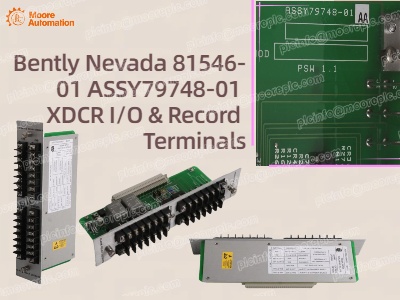
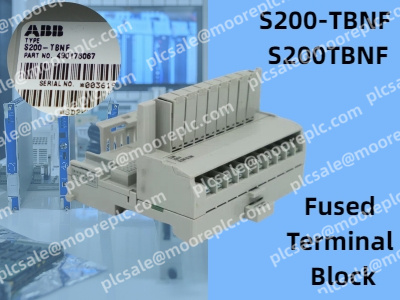
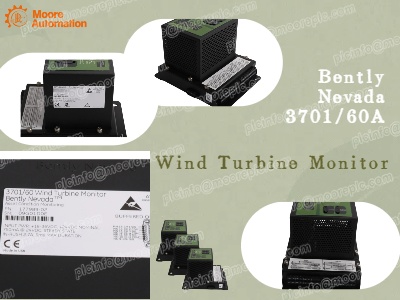
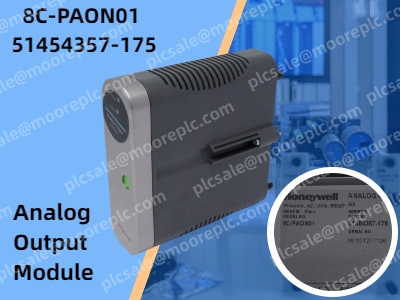
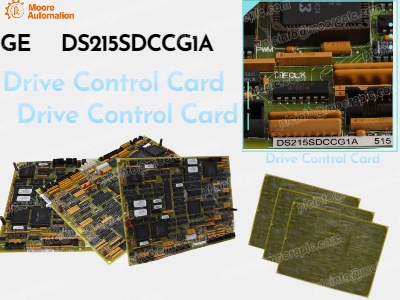
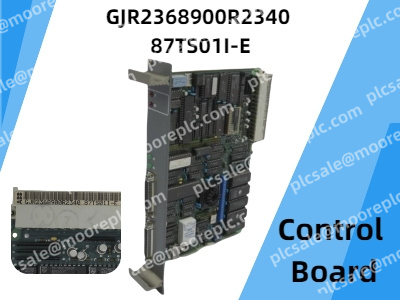
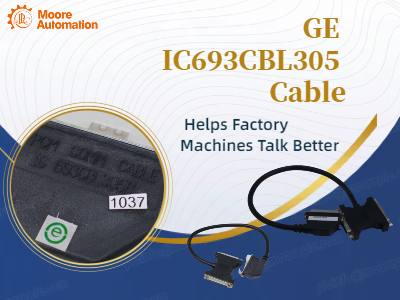
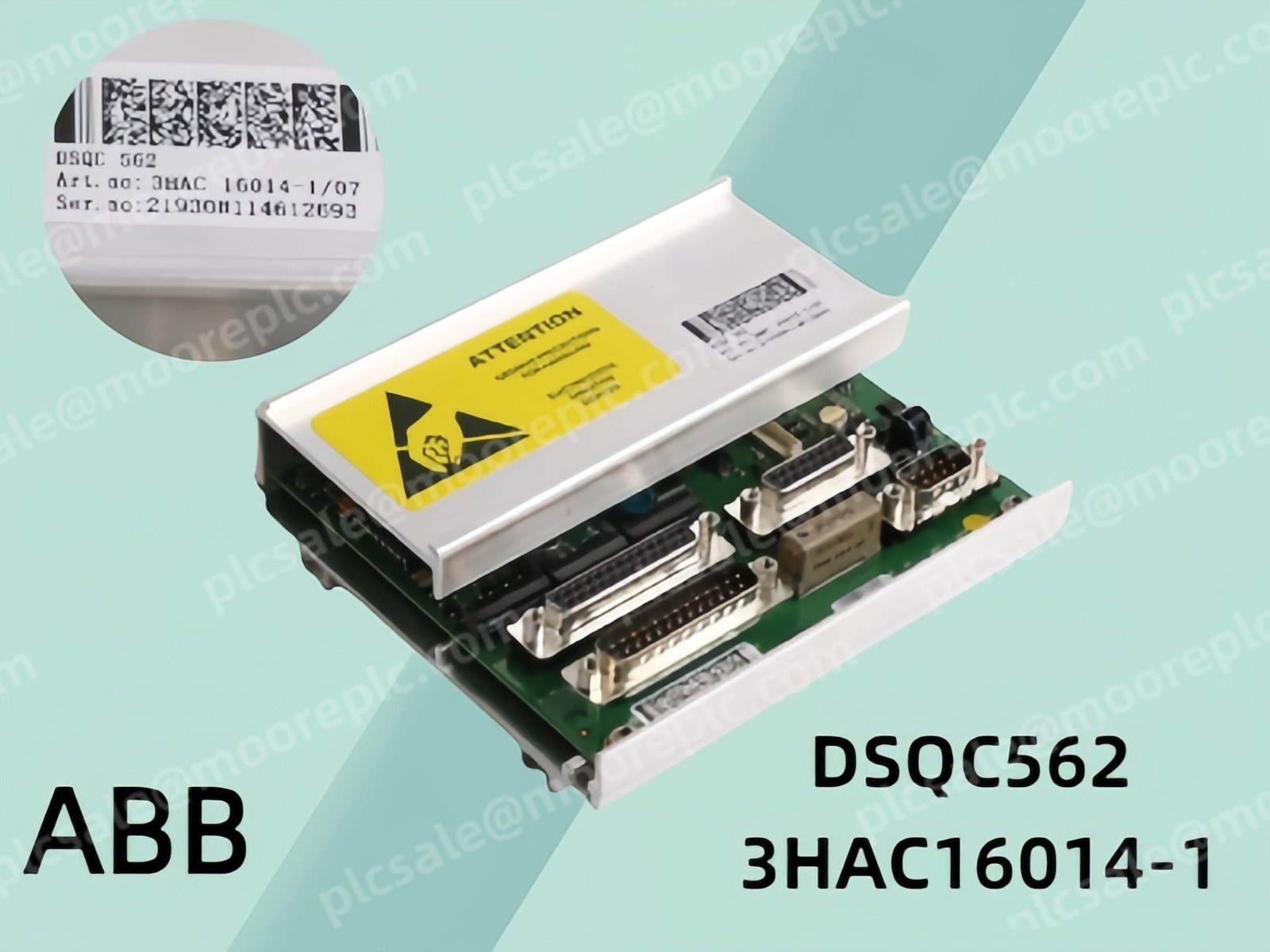
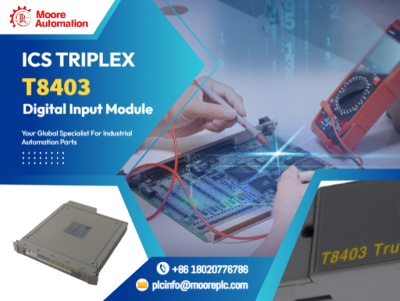

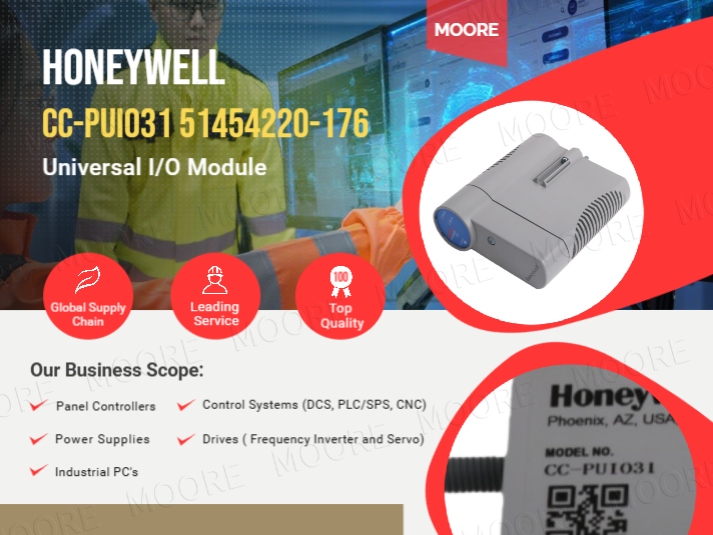
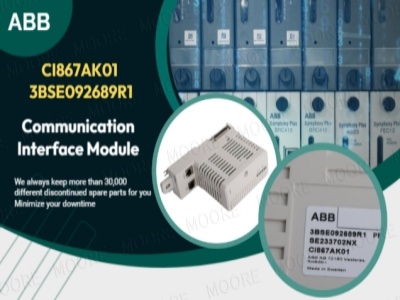












 IPv6 network supported
IPv6 network supported